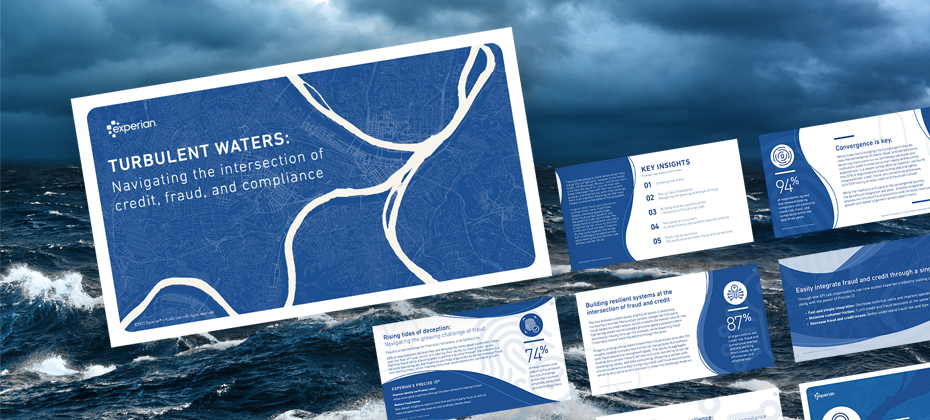A recent January 29, 2010 article in the Wall Street Journal * discussing the repurchasing of loans by banks from Freddie Mae and Fannie Mac included a simple, yet compelling statement that I feel is worth further analysis. The article stated that “while growth in subprime defaults is slowing, defaults on prime loans are accelerating.” I think this statement might come as a surprise to some who feel that there is some amount of credit risk and economic immunity for prime and super-prime consumers – many of whom are highly sought-after in today’s credit market. To support this statement, I reference a few statistics from the Experian-Oliver Wyman Market Intelligence Reports:
• From Q1 2007 to Q1 2008, 30+ DPD mortgage delinquency rates for VantageScore® credit score A and B consumers remained flat (actually down 2%); while near-prime, subprime, and deep-subprime consumers experienced an increase of over 36% in 30+ rates.
• From Q4 2008 to Q4 2009, 30+ DPD mortgage delinquency rates for VantageScore® credit score A and B consumers increased by 42%; whereas consumers in the lower VantageScore® credit score tiers saw their 30+ DPD rate increase by only 23% in the same period
Clearly, whether through economic or some other form of impact, repayment practices of prime and super-prime, consumers have been changing as of late, and this is translating to higher delinquency rates. The call-to-action for lenders, in their financial risk management and credit risk modeling efforts, is increased attentiveness in assessing credit risk beyond just a credit score…whether this be using a combination of scores, or adding Premier Attributes into lending models – in order to fully assess each consumer’s risk profile.
* http://online.wsj.com/article/SB10001424052748704343104575033543886200942.html


